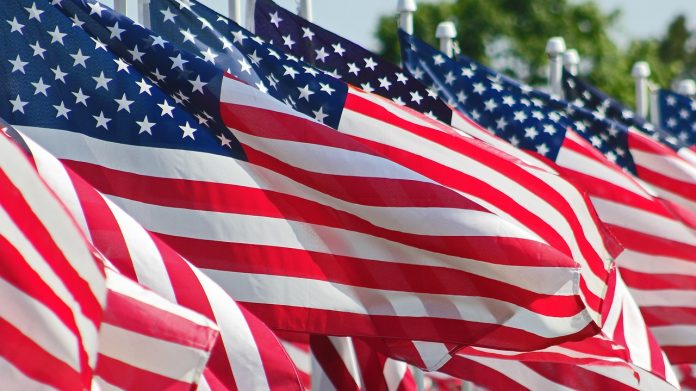COLUMBUS, Ohio — At 15, Stephanie Dampney left Australia where she had grown up, and boarded a series of planes, ultimately landing in Ohio, a one-way flight. She was alone.
Leaving an unstable home life on the other side of the world, she moved to northeast Ohio to live with her aunt and uncle in Massillon. After high school, she was determined to go to college. But where? She didn’t have in-state residency yet.
If she hadn’t enrolled in the Ohio Army National Guard, she might still be trying to figure out how to pay for college tuition. Having dual citizenship in the U.S. and Australia, she was able to join the military here.
A month after Dampney enlisted, her mother died. While reeling from that loss, she had to prepare for the commitment she had just made to an undergraduate degree in the United States and to the military, which would be paying for it. How she would have time to do both, she wasn’t sure. She wasn’t even certain if staying in Ohio was the right decision.
“But my drive for an education was immense,” she said.
Drive defines her. Now a senior in The Ohio State University’s College of Food, Agricultural, and Environmental Sciences (CFAES), Dampney is majoring in animal sciences. Her hope is to become a veterinarian as her mother was.
School and the military have proven to be a difficult juggling act. She’s had to reschedule exams that have coincided with required trainings and she’s had to get to morning classes after a late-night on an army flight. Last year, she had to miss out on an entire semester to participate in training.
“I was behind,” she said. “I lost my rhythm when it comes to school.”
But she got it back, and now she’s applying to graduate schools.
At all Ohio State campuses, military and veteran students in CFAES total 111, including one student who earned a Purple Heart after being wounded while protecting his unit in Afghanistan. Often, those students are quick to seek out other veterans who now work in the college when they need help transitioning to the role of college student after or while serving in the military.
Matt Mayo, a veterans’ advocate in CFAES, helps students as they navigate military and university life, meeting the demands of both. He works with students when they’re seeking benefits or jobs and when they’re called to active duty and need to take the necessary steps to ensure they can later return to their studies.
In all of his interactions, Mayo, a construction systems management senior in CFAES and a veteran, tries to help dissolve the stereotype of the veteran beset with post-traumatic stress disorder and easily triggered. Some veterans contend with PTSD, but so do people who never served in the military, Mayo pointed out.
“While there may be people on campus who have PTSD, that doesn’t mean they’re going to be set off in class because you say something they don’t like,” he said.
More often, military or veteran students are motivated students with experiences that other students may not have had, Mayo said.
“Not every veteran is a superstar, but they’re usually a very driven student,” Mayo said. “They’re here with a purpose.”
Starting college after serving during the Persian Gulf War, Ben Carignan said he did not talk much in class and seldom revealed to fellow students, faculty or staff that he served active duty in the military. He didn’t want to risk receiving backlash for a war they may not have agreed with. “I kept to myself and wanted to fit back into civilian life quietly,” Carignan said.
Now Carignan serves as a college academic counselor in CFAES’s Academic Programs Office, where he’s often sought out by the college’s military and veteran students because he can empathize with their challenges. It can be tough for students to adjust from being in the military to being in college, Carignan said.
“You’re going from one environment in which you’re basically told what you’re going to do every day, to another where decisions are all up to you,” Carignan said. “The moment you leave base after being released from service, your path is built by you. The break is quick and the transition can be quite stressful, and many are doing it alone.”
To help bridge that gap, Carignan and Mayo are organizing a group for CFAES students and alumni who are or were in the military, to build camaraderie and support among them.
“The idea,” Mayo said, “is being a part of a team, which they miss from military culture.”










